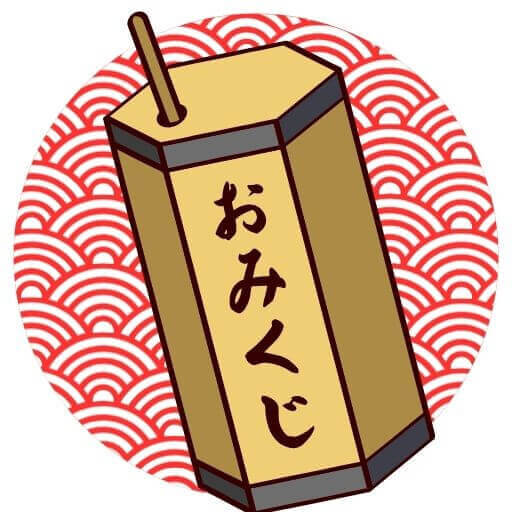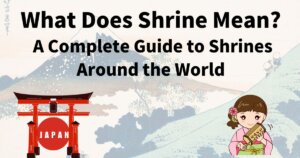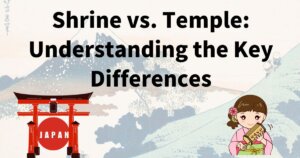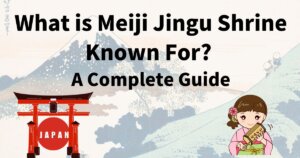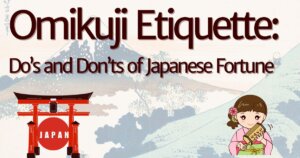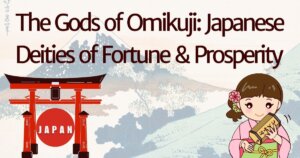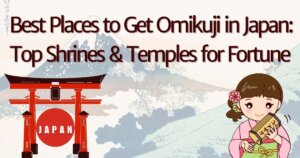What You’ll Learn from This Article
- The history and spiritual significance of Meiji Shrine
- Proper customs and etiquette when visiting
- Seasonal festivals and events held at the shrine
- Travel tips for the best time to visit
What is Meiji Shrine? Understanding Its History and Significance
(明治神宮とは?その歴史と重要性を理解する)
The Origins of Meiji Shrine
Meiji Shrine is one of Tokyo’s most significant Shinto shrines. It was established in 1920 to honor Emperor Meiji and Empress Shoken, who played key roles in modernizing Japan.
Architectural Features and Sacred Elements
The shrine’s architecture follows traditional Shinto principles, with a grand Torii gate at its entrance and a large worship hall. The surrounding forest, consisting of over 100,000 trees donated from across Japan, creates a serene and spiritual atmosphere.
Cultural Importance of Meiji Shrine
As a symbol of Japan’s modernization and spiritual heritage, Meiji Shrine hosts various ceremonies, including weddings, seasonal festivals, and New Year celebrations, attracting millions of visitors annually.
Difference Between Meiji Shrine and Other Shrines in Tokyo
Unlike historic shrines such as Sensoji or Hie Shrine, Meiji Shrine was built in the modern era to commemorate historical figures rather than ancient deities. Its vast forest setting and historical significance set it apart.
How to Visit Meiji Shrine: Customs and Best Practices
Step-by-Step Guide to Visiting Meiji Shrine
1️⃣ Enter through the grand Torii gate and bow before proceeding.
2️⃣ Walk along the scenic approach path, avoiding the center of the path.
3️⃣ Perform purification at the Temizuya (water pavilion).
4️⃣ Offer a coin at the main shrine, bow twice, clap twice, and bow once more.
Proper Way to Perform Purification at the Temizuya
- Take the ladle with your right hand and scoop water.
- Pour water over your left hand to cleanse it.
- Switch the ladle to your left hand and cleanse your right hand.
- Pour water into your left hand and rinse your mouth (do not drink).
- Rinse your left hand again, then let the remaining water flow down the handle.
Offering Money (Saisen) and Its Cultural Meaning
Offering money at a shrine is a symbolic gesture of gratitude and prayer. While any amount is acceptable, many Japanese prefer using a 5-yen coin, as the pronunciation of “5 yen” (go-en) sounds like “ご縁” (go-en), meaning good fortune and connection. Some people offer two 5-yen coins to wish for “double fortune.”
Common Mistakes Visitors Make at Meiji Shrine
❌ Walking in the center of the approach path
❌ Taking photos in prohibited areas
❌ Disrupting ceremonies or loud behavior
Seasonal Events and Festivals at Meiji Shrine
🎍 New Year’s Hatsumode (First shrine visit of the year)
🌸 Spring and Autumn Grand Festivals
💍 Traditional Japanese wedding ceremonies
Best Times to Visit and Travel Tips
✅ Early morning for a peaceful experience
✅ Avoid major holidays to prevent crowds
✅ Dress modestly and respect the customs
Key Takeaways: Everything You Need to Know About Meiji Shrine
✅ Meiji Shrine was established in 1920 to honor Emperor Meiji and Empress Shoken.
✅ It is one of the most significant Shinto shrines in Tokyo.
✅ The shrine is surrounded by a vast forest with over 100,000 trees.
✅ Visitors should bow before entering through the Torii gate.
✅ Proper purification should be performed at the Temizuya.
✅ New Year’s Hatsumode is one of the most crowded events.
✅ Avoid walking in the center of the approach path.
✅ The shrine hosts traditional Shinto weddings.
✅ Seasonal festivals attract many visitors.
✅ Meiji Shrine does not belong to any particular sect of Shinto.
✅ Photography is restricted in certain areas.
✅ Meiji Shrine is easily accessible from Harajuku Station.
